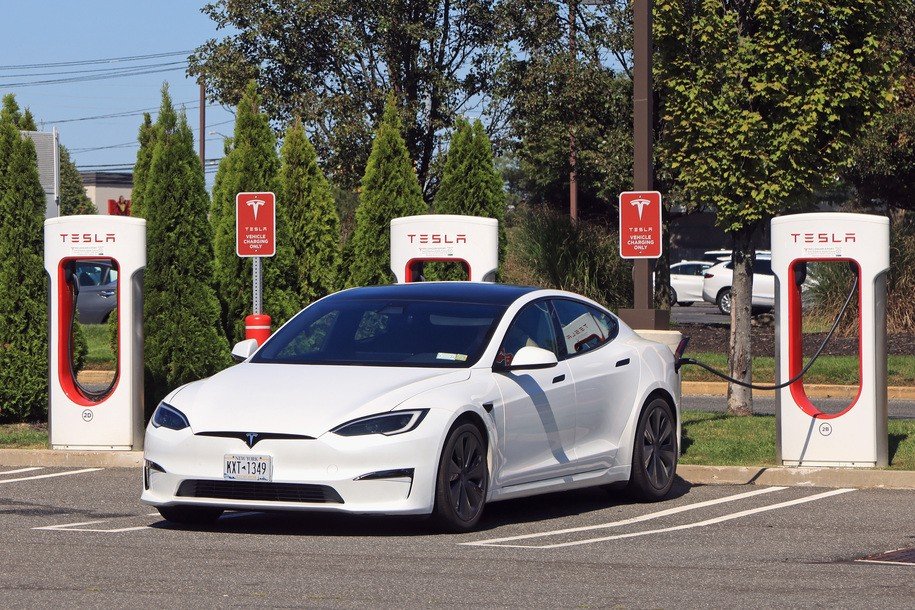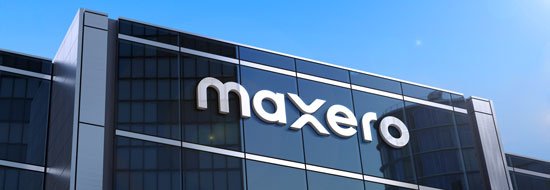Ford has started shipping the adapters to allow access to the Tesla Fast charging network. This is actually a big deal for the future of EV adoption. Throughout the year other manufacturers will be added and thus the convergence on a standard is now underway. Thousands of charging locations have now become accessible to non-Tesla EVs basically overnight. This will be reducing range anxiety and enhancing the Administrations policies towards EVs.
Why not CCS as the standard? Basically because the US was late to the game. It was almost inevitable that a pure EV manufacturer was going to end up driving the standard if they became successful. Tesla was all but forced to develop their charging network if they wanted to sell cars. The charge at home model only takes you so far, especially in the California car culture. That worked alright with smaller mainly second car EVs or super high end toys, but for profitable upper and mid priced vehicles another option was required. After briefly toying with battery swap the complexity and added manufacturing costs and constraints on design had them opting for fast charging as the alternative. The vehicle already had a port for home charging after all. As with many other aspects it was soon clear that outside suppliers would never devote the resources towards an upstart the Tesla ended up doing it internally. As the network grew it soon became a major selling point for the company and so was important to maintain and expand. Essentially the rest of the industry with their if we build it they will come attitude left the field to Tesla to gather better locations and create a better network for years. When finally the government and the industry decided it was important it was too late. The vast majority of EVs on the road were Teslas using their standard. Tesla responded to the charging policy initiative by introducing the Magic Dock. That was an inbuilt adapter that could be retrofitted to existing chargers, but you had to run through the Tesla app to use it. Ford was the first to recognize it was giving up way to much control of data and environment to Tesla and so was the first to announce the switch.
What Ford and Tesla are now introducing and this looks like the model going forward for all other manufactures is a Tesla produced adapter for all most existing Ford model EVs for each existing VIN and a $250 option going forward until Ford includes the NACS as their plug later. Ford has also integrated the Tesla Charging functionality into their own charging software so the experience is seamless, put the adapter on and plug in. Tesla has always had the patent open and the API has been available so I expect the other OEMs will follow what Ford has done. This is only for the majority of the Version 3 Tesla chargers and later, the existing V2 chargers are still Tesla only. Tesla has spent the last year upgrading the communications hardware and software in their V3 chargers and looks to be ready. (I only wish they had made the cable longer also).
While the reviews so far are good, we should expect some bumps along the way. First it is important to understand that the 18,000 number being thrown around is for stalls not stations. While it appears Tesla will be reserving some of its stalls for itself it does not appear that many stations are being excluded but with and average of 12 stalls per station you can see that the actual number of stations is much less (other charging companies tend to average 4 stalls). However the other charging companies are also having to up their game and Tesla continues to add around 3 stations a day worldwide.
The pressure now being put on the industry as a whole should also start to reduce the costs for installation. Tesla is by far the lowest cost per stall fast charger option available. They have reached the economies of scale and experience others are just now achieving. To compete others will have to up their game. As reflected in the money the charging infrastructure policies are disbursing Tesla is approximately half the cost of the next competitor. They are in such a dominate position they really are not actively pursuing subsidies. They are bidding but more in a take it or leave it way and still getting the most. This Politico story sums up the state of play pretty well even if the headline is a bit overstated.
Overall I think this is a very good development and now that the industry and governments are adapting to reality the adoption of EVs has taken a step forward.
[ad_2]
Source link




